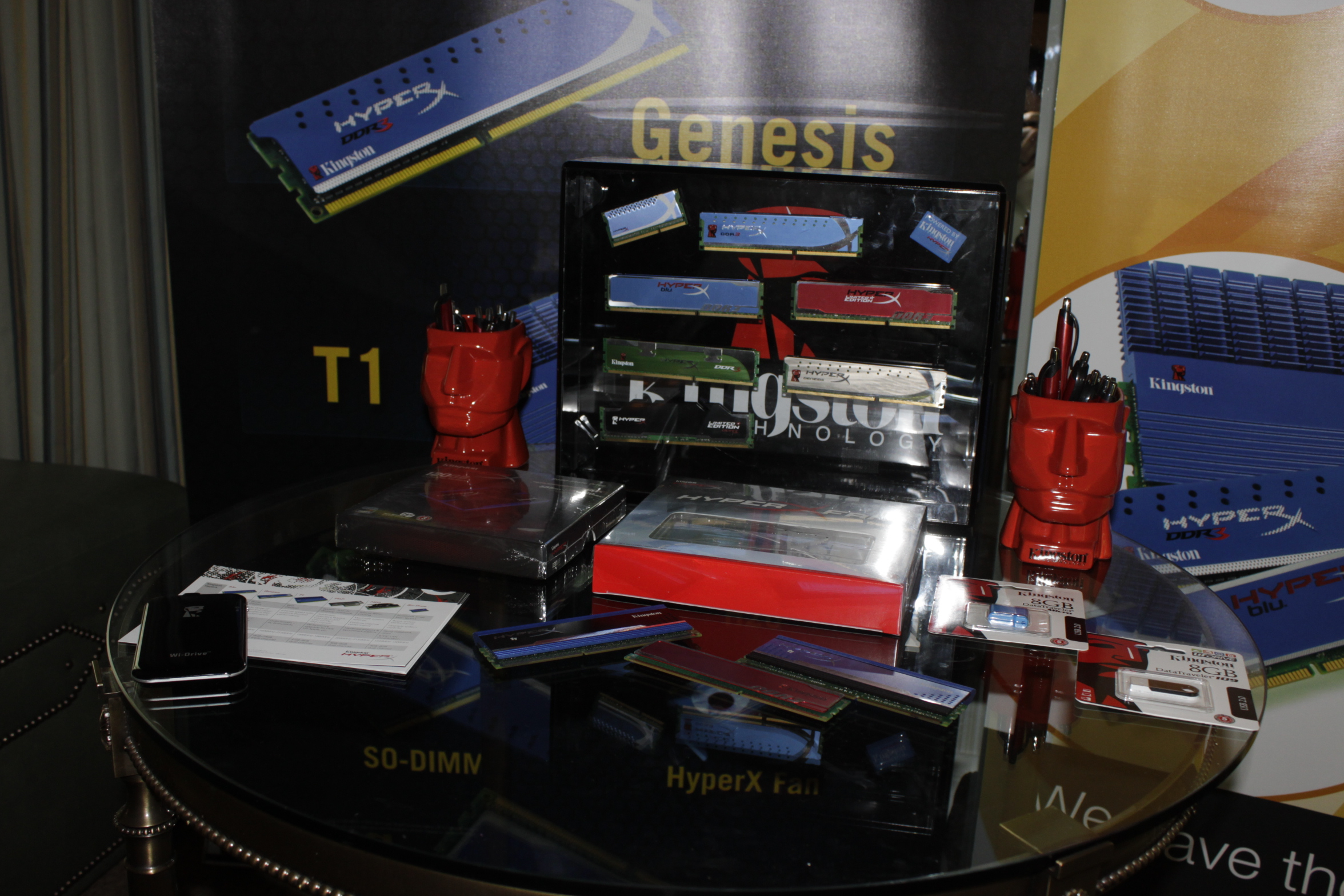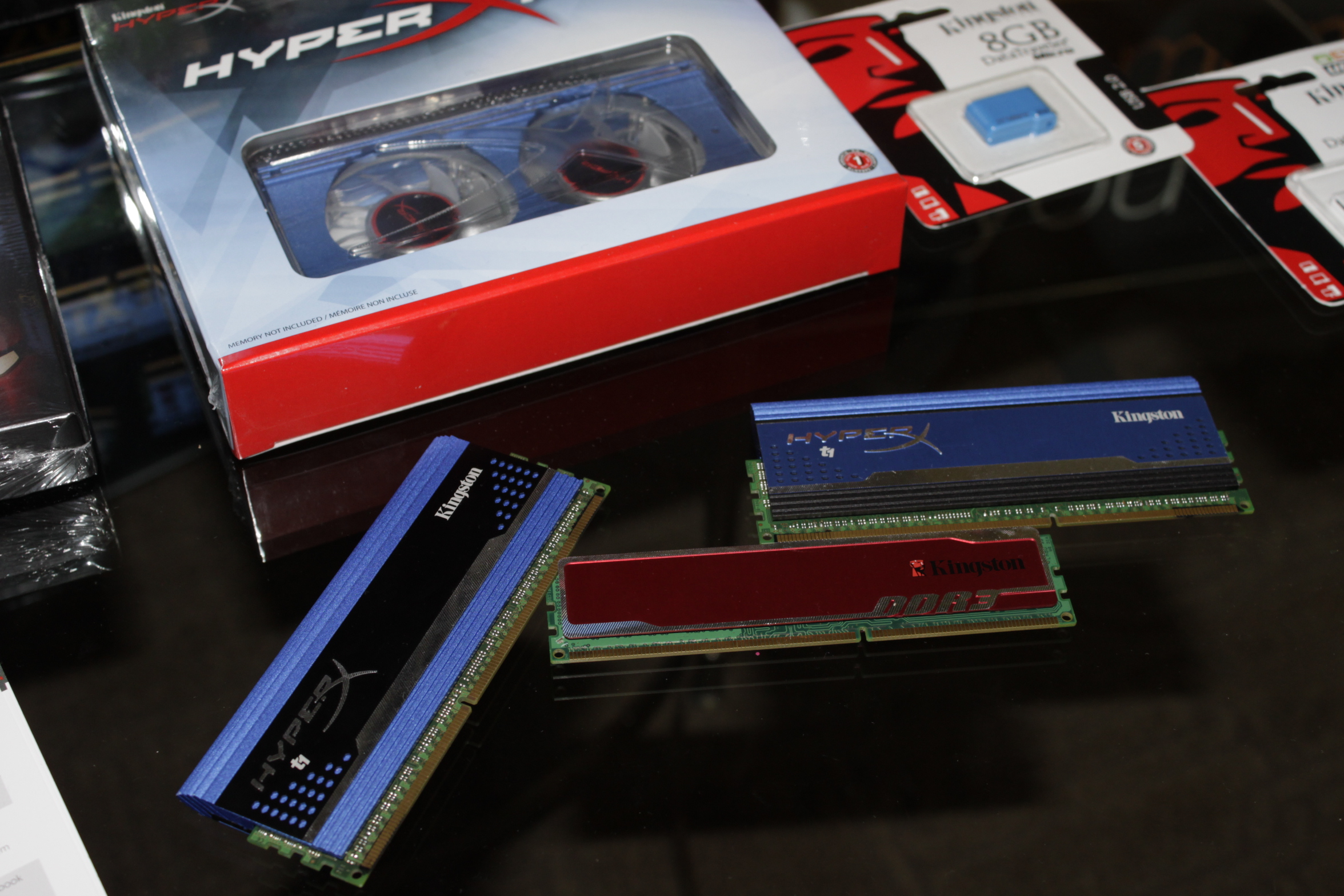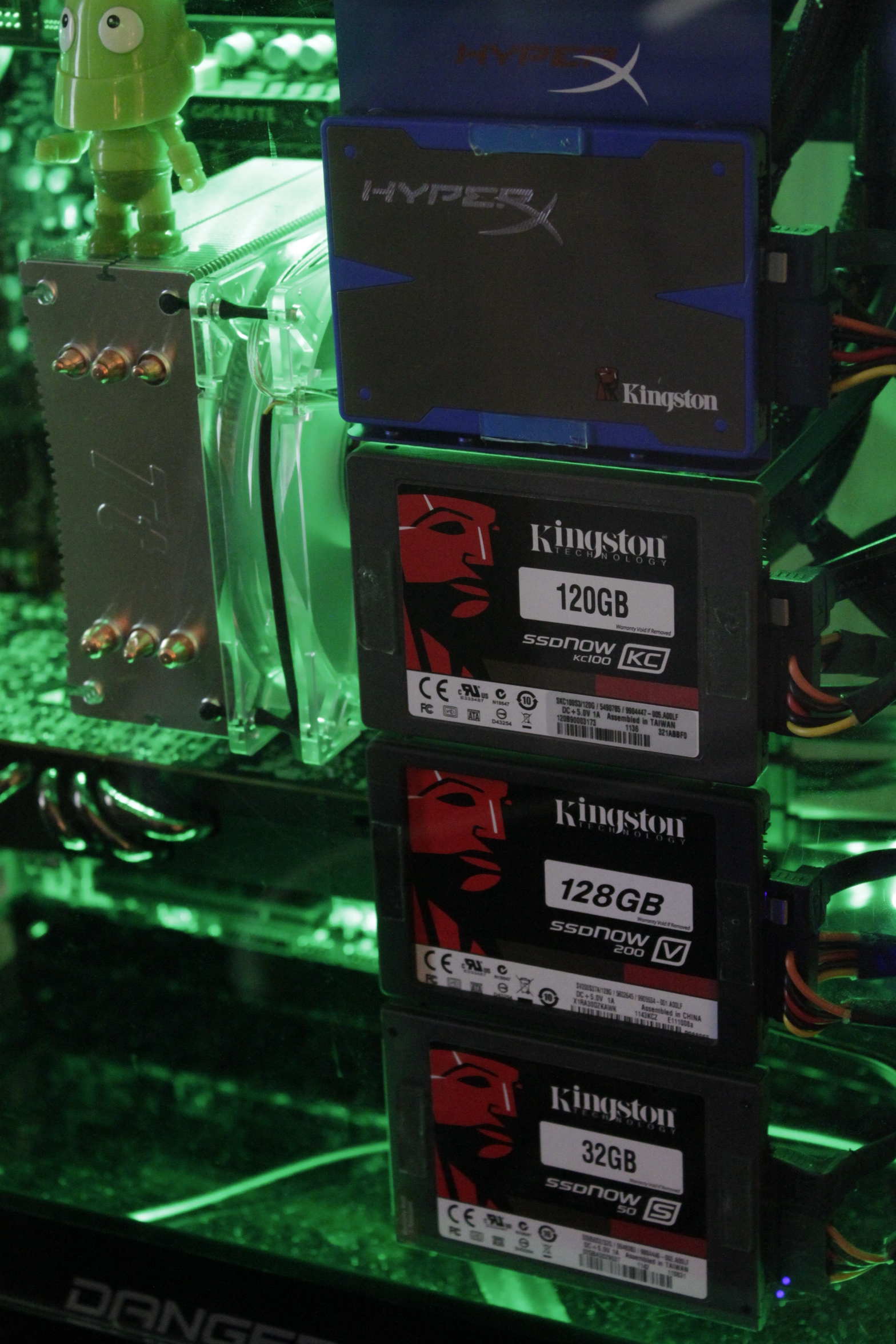We started off hearing about some of the new USB thumb drives that Kingston has to offer. These are intended for Ultrabooks or for anyone that wants to have decent sized portable storage, but not have to take up a lot of space to carry it around in. The first one we saw was the DT Micro. This is 8GB of storage that can fit safely inside a matchbox. When plugged into an Ultrabook is barely sticks out. This keeps up with the current trend of minimizing the distance peripherals stick out when attached.
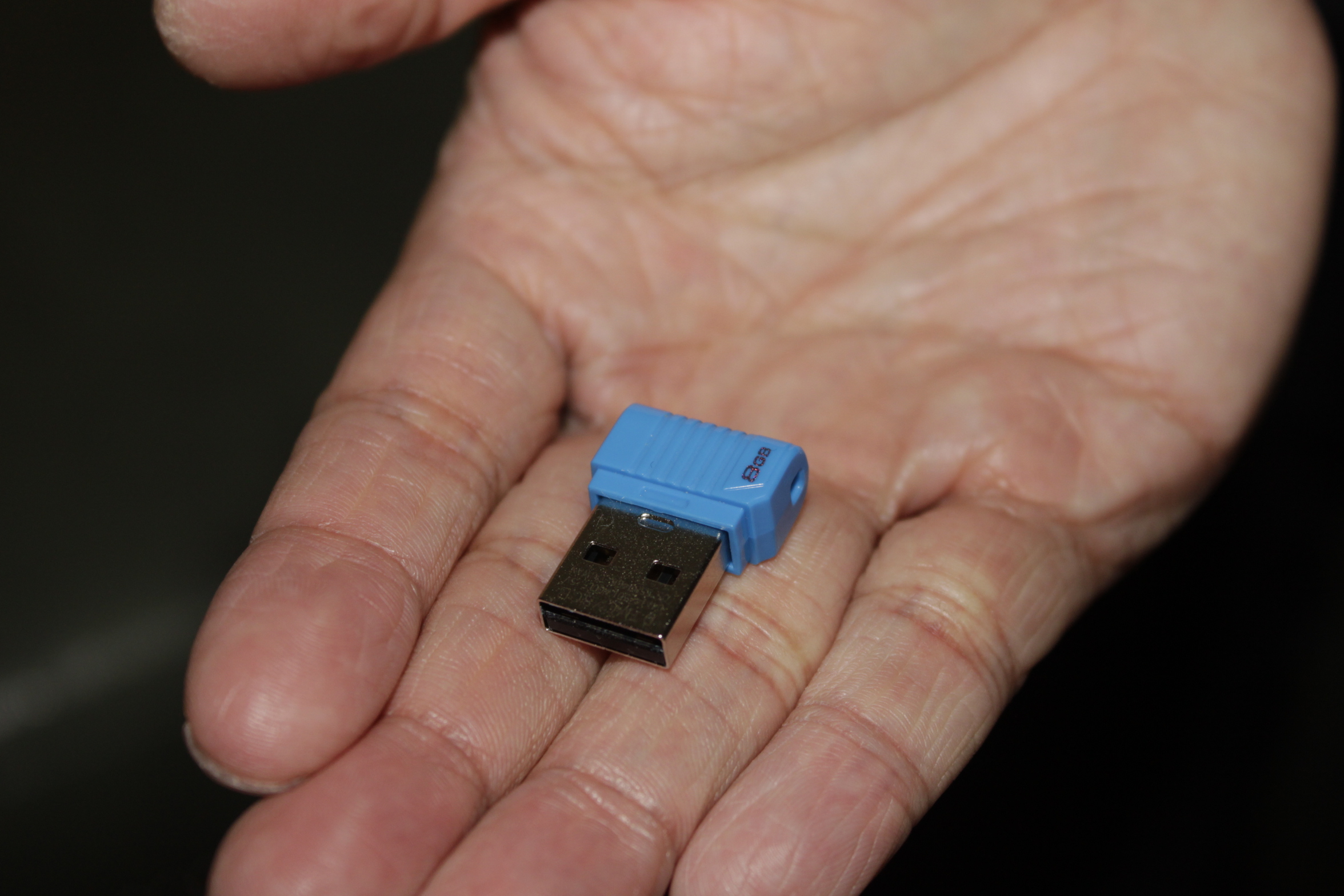 |
 |
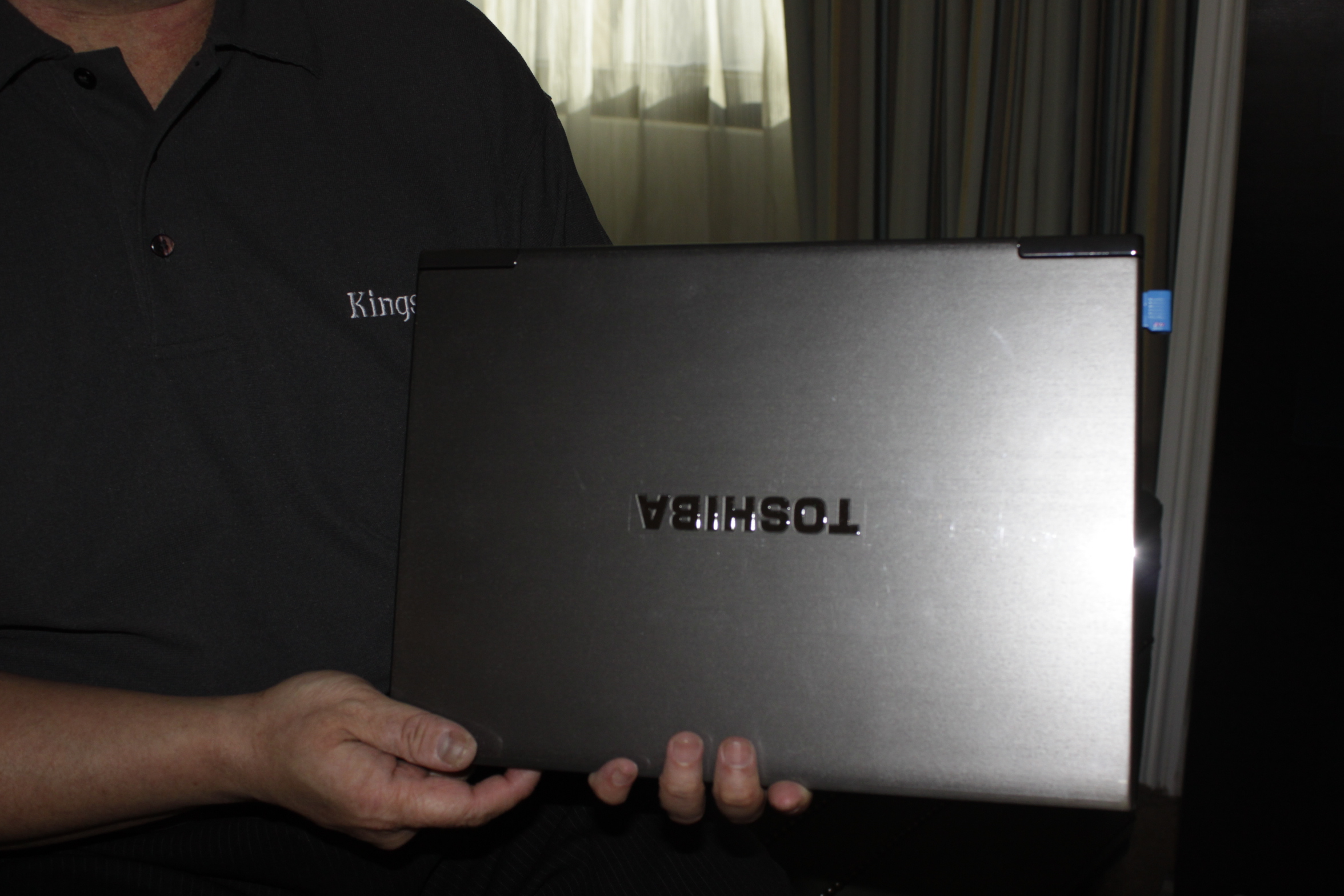 |
Next up was something sleek and sexy; the DTSE9. This tiny little USB key can really be thrown on a keyring. Its housing is solid metal and there are no flimsy plastic rings to break. You also get 8GB of storage out of this (which is very nice). The only problem that we saw was the potential to get dust or lint in the opening while in a purse or pocket; other than that though it really is a nice USB thumb drive.
 |
 |
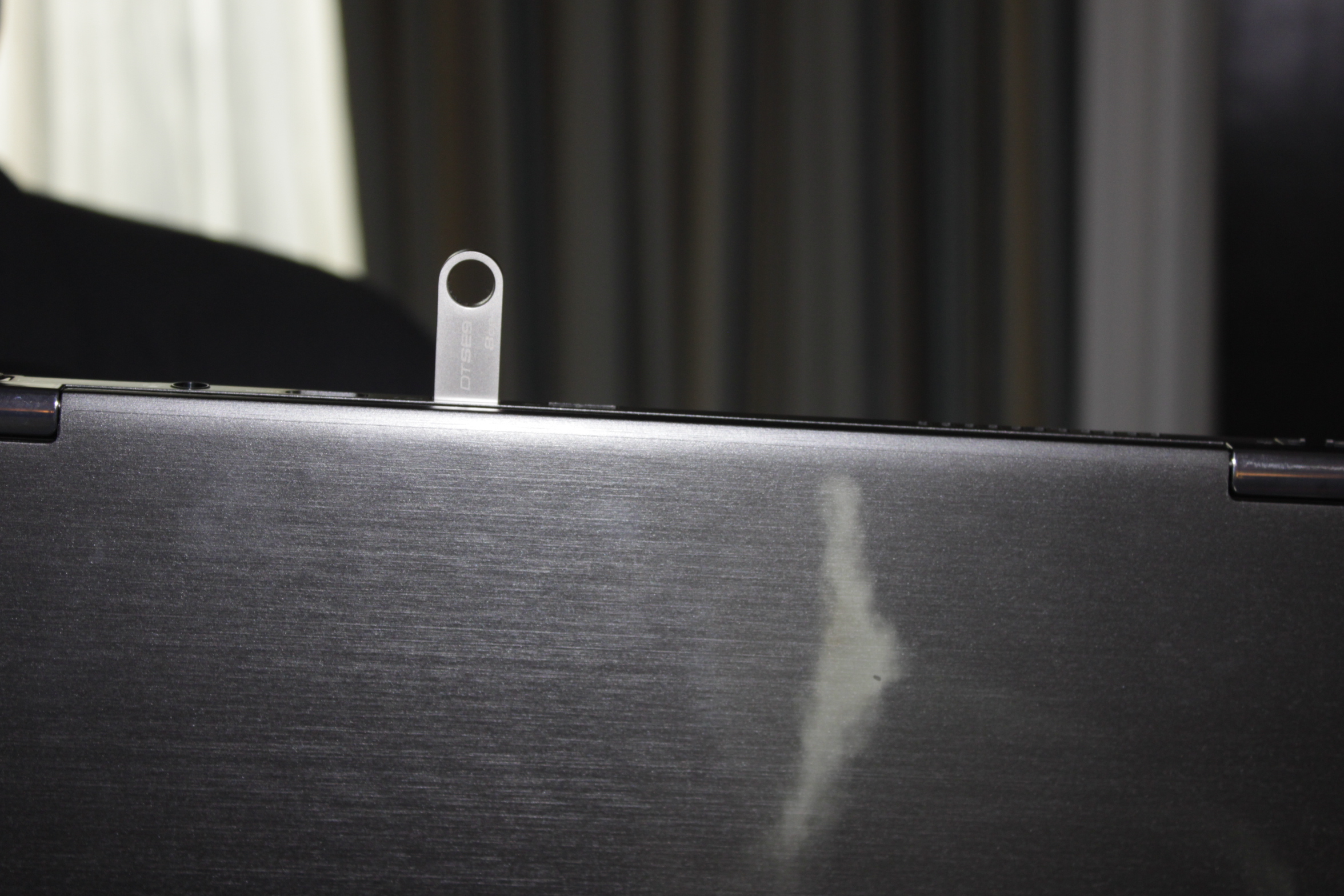 |
From there we moved into system memory; this is the stuff that Kingston thrives on. During 2011 Kingston managed to rack up some impressive world records with some of their memory. The first thing that we talked about was their new Limited Edition HyperX memory with read heat spreaders. These modules just look nice. Kingston had a display of these in an Asus ROG board and the color really stands out.
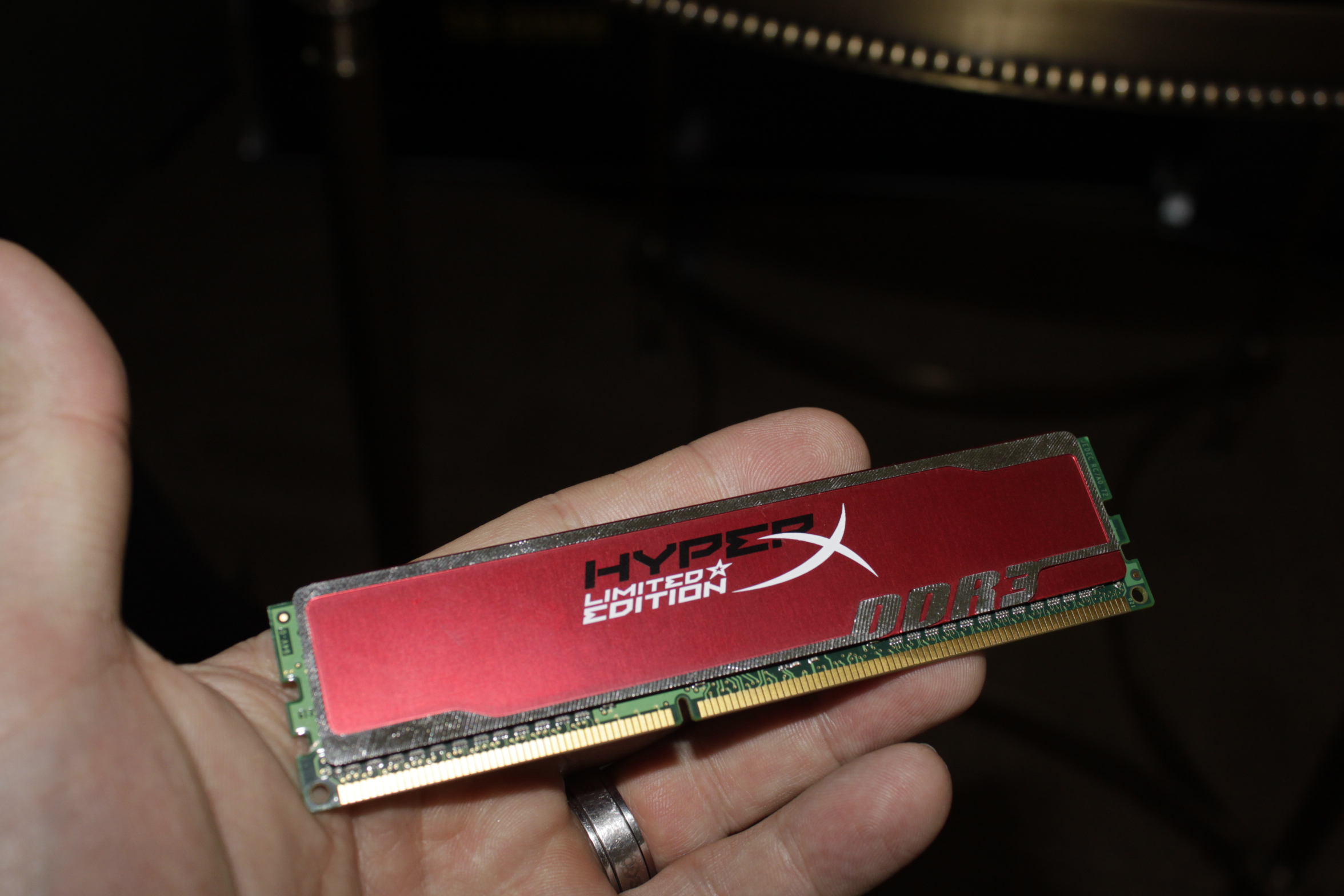 |
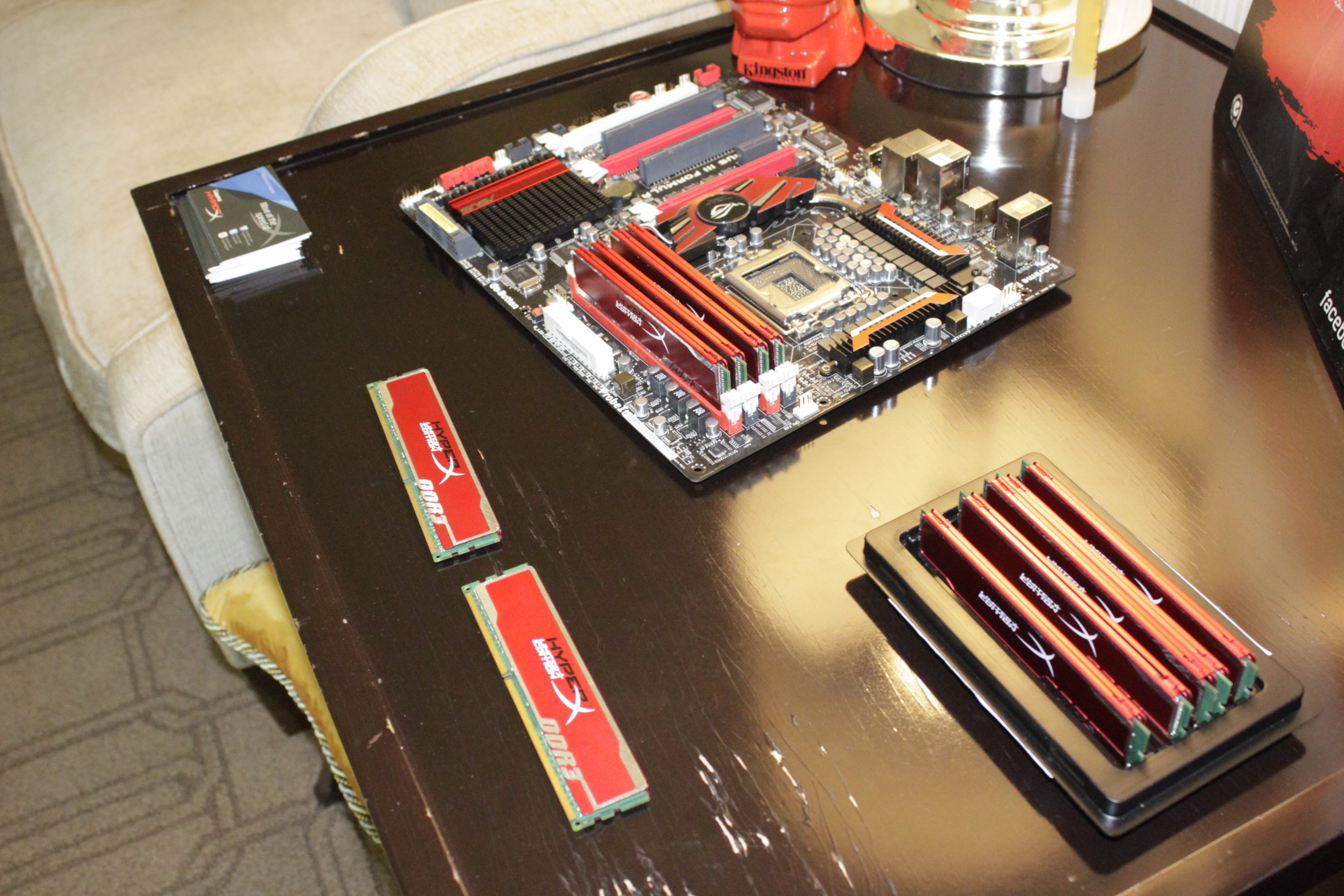 |
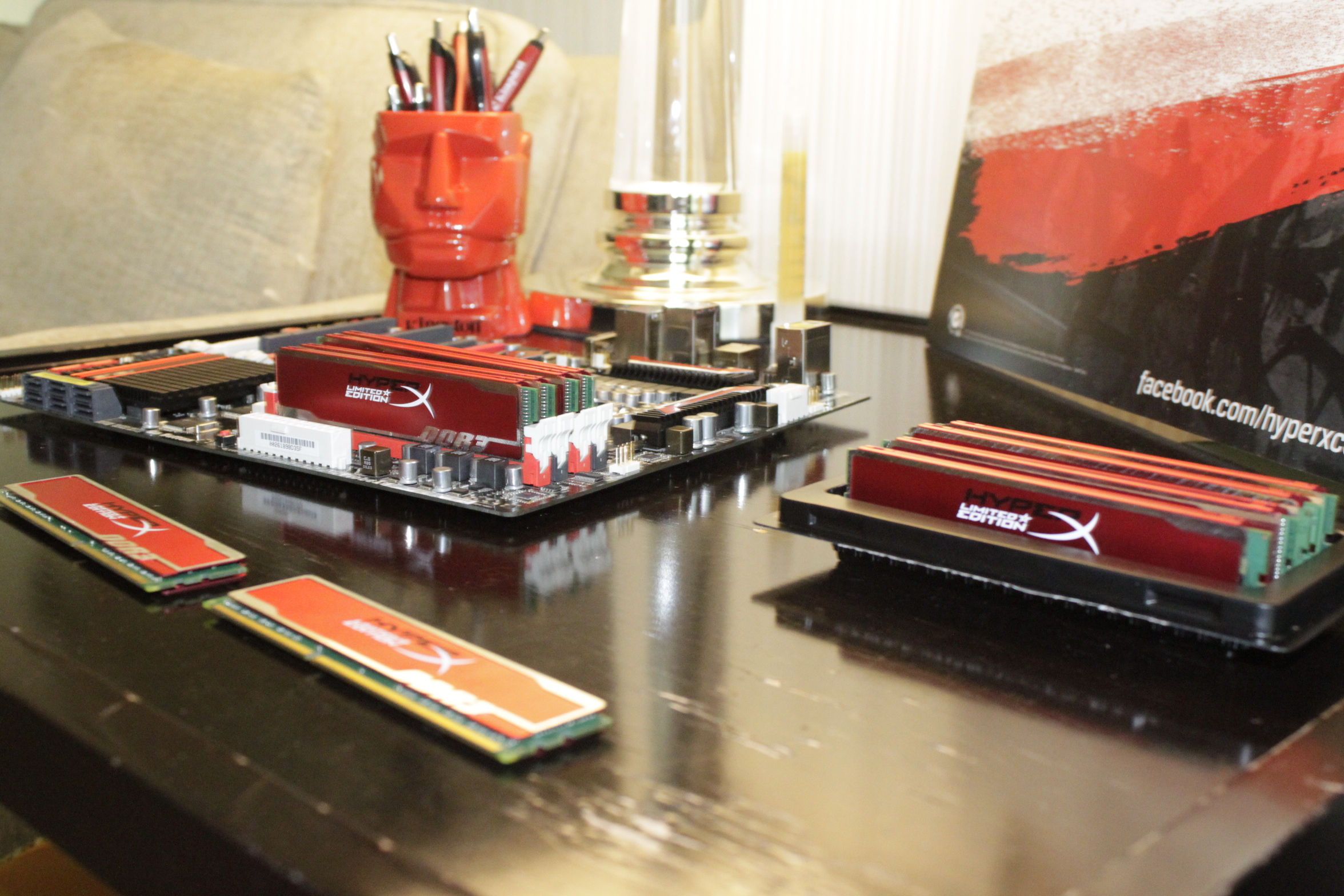 |
After the Red Limited Edition memory we took a look at the new HyerpX T1 modules. These have a new look and will have a new name in the near future. This line will continue to be Kingston’s top-end memory, but will just get a more exciting name than T1.
 |
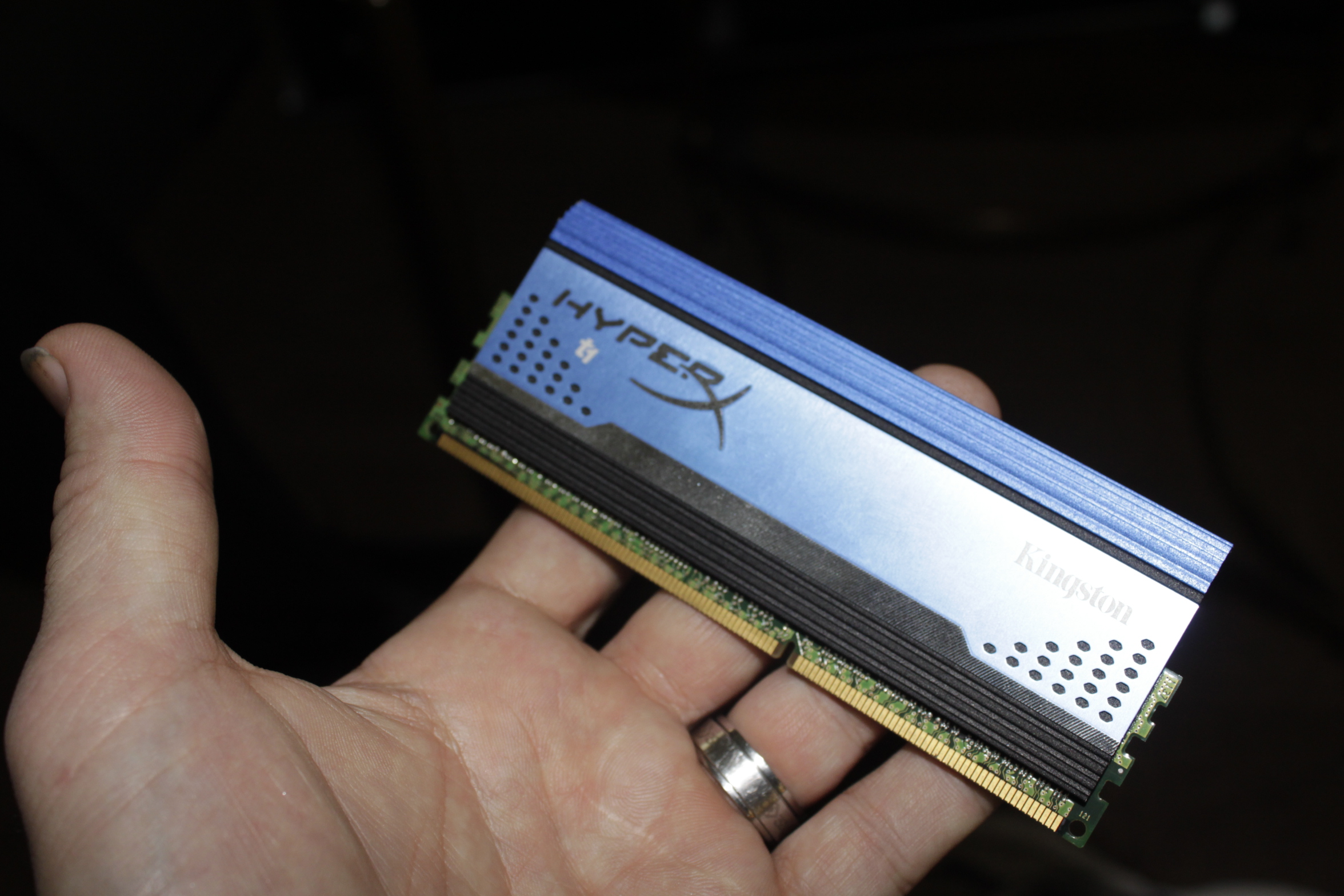 |
Last up in our General tour was a look at the SSD line up. Kingston has always worked hard to be at the front of the pack here and while they have not always been the fastest they have always had a solid product line up.
Kingston’s line up runs from their basic S series (which is used as a booth drive or a caching drive) these are typically about 32GB. Right up from that we wind the SSD Now 200V series, these are your more mainstream drives and will run about $1 per GB. The KC line is more of a business class drive and features options like encryption and improved write modes to extend the life of the drive.
 |
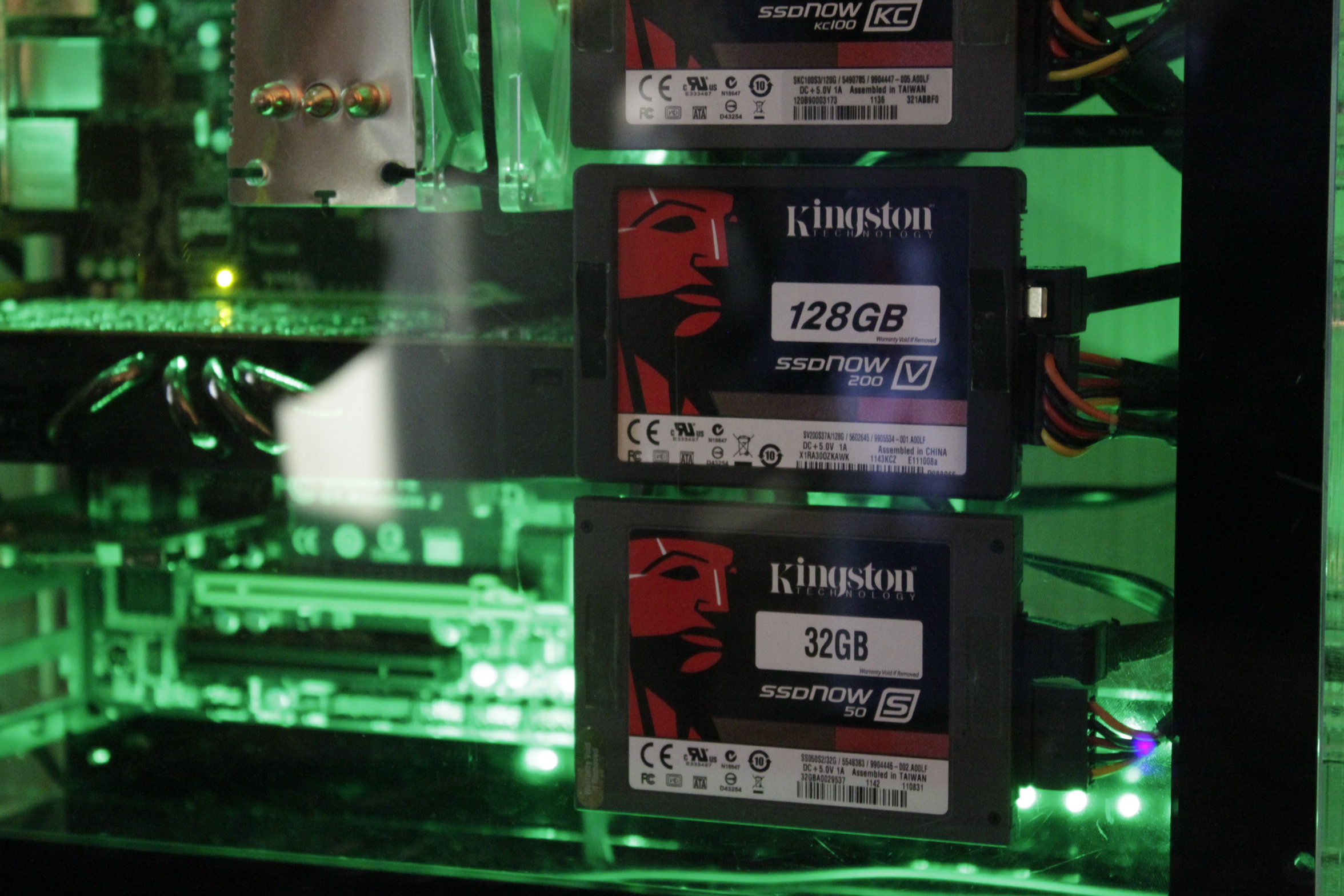 |
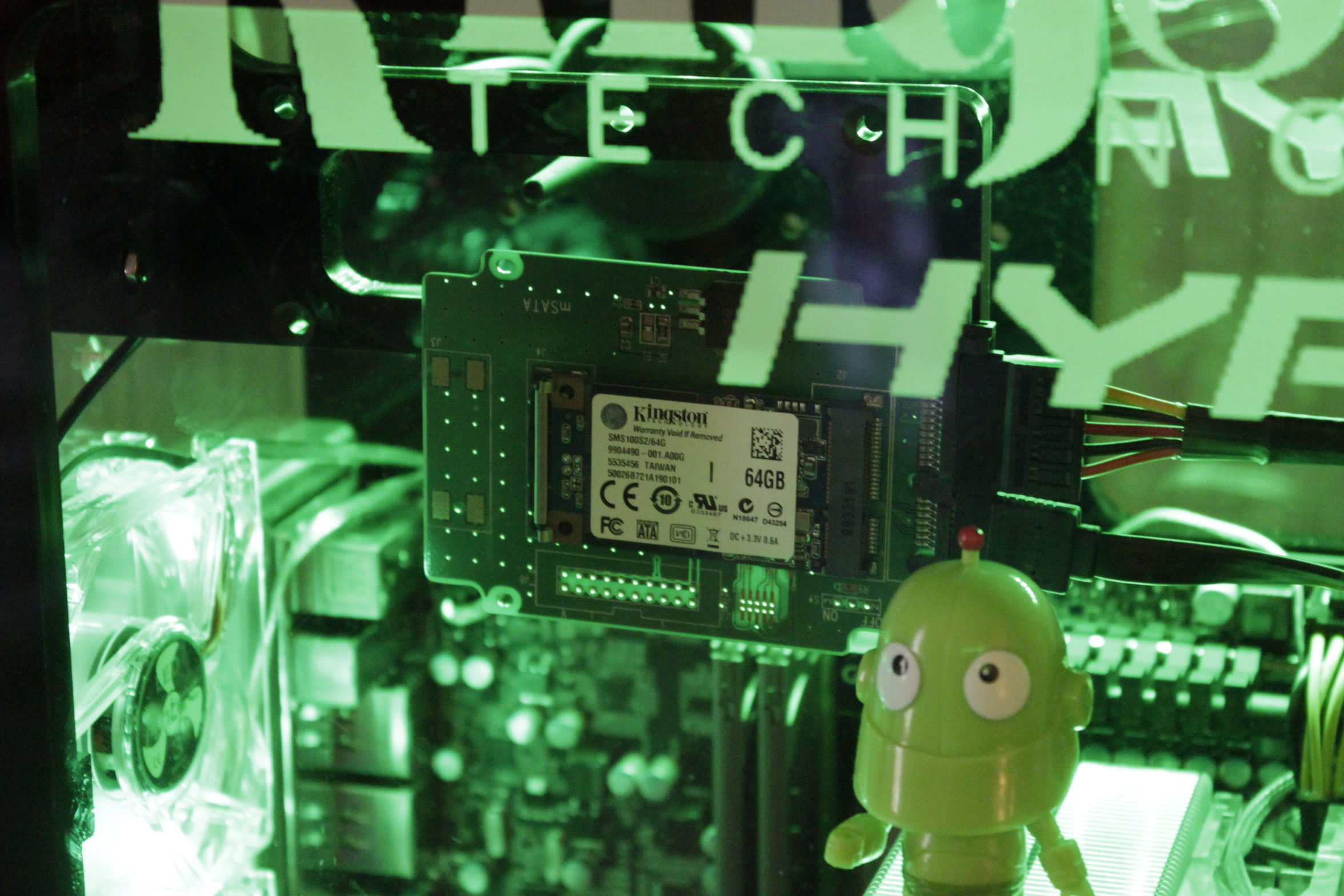 |
At the very top we see the HyperX drive. This is one that we hope to get our hands on here in the lad. They are fast and quite nice to look at. There is one additional space that Kingston has, this is the mSATA drive. These use the micro SATA port and are found in Ultrabooks and Slates (like our EEE Slate).
After the product tour we were treated to a couple of demos to show just what Kingston memory can really do. The first was one that we can get our heads around quite easily and were impressed to see. This was a demo using 64GB of Kingston memory and Adobe’s After Effects software. I would go into this more but I will let Mark from Kingston do the talking.
{youtube}RRnCfTLiIng{/youtube}
After seeing a full AE project pre-rendered in RAM Mark took us over to see some Macro image stitching. This is similar to what you do when making a panorama only rougher on the system as it is stitching the images one over top of the other. I will let Mark continue the explanation.
{youtube}Ard9IenXyjE{/youtube}
That about wraps up our visit to Kingston’s suite during CES… well almost. We have talked with Kingston and they have agreed to be our memory and SSD sponsor for the DecryptedTech Lab. We will be replacing the existing RAM and SSDs that we use for Kingston HyperX products. We will fill in all of the details when the new gear arrives. It is a great new partnership that we will be kicking off this year and one that we hope to continue long into the future.
Discuss this in our Forum.

